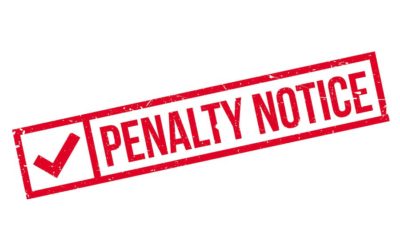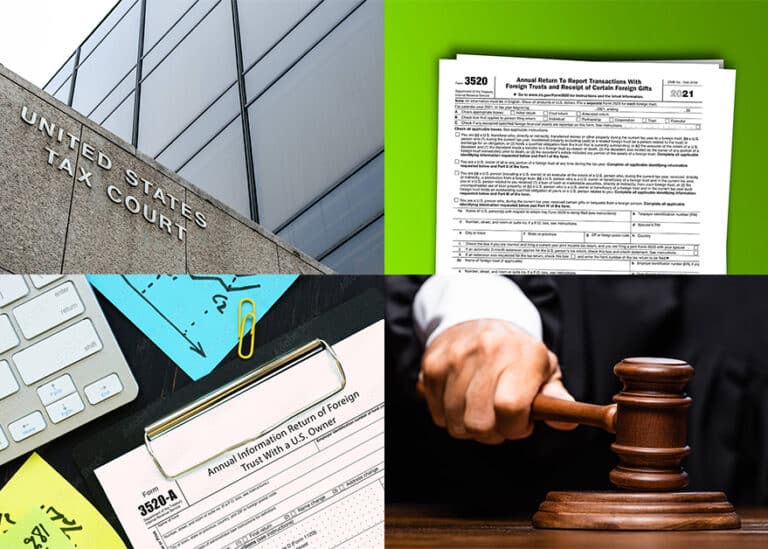Tax Court Analyzes How to Count Travel Days for Purposes of Section 280A

Takeaway from Van Malssen v. Commissioner:
In Van Malssen v. Commissioner, the Tax Court concluded that, for purposes of section 280A, travel days will only escape classification as personal use days if the principal purpose of the trip as a whole is to perform repairs and maintenance.[1]
Overview of Facts in Van Malssen
The taxpayers purchased a vacation condominium in South Carolina in 2007 and spent a significant amount of time from 2008 through 2010 remodeling and repairing the property. Since the vacation property was 350 miles from the taxpayers’ home, the taxpayers took a number of overnight trips to the vacation property. Some of the trips were exclusively business related (i.e., to repair and remodel the property). However, some of the trips were solely for personal enjoyment and some trips were partially for business and partially for pleasure.
The taxpayers kept logbooks detailing their’ personal and business use of the condominium.
The taxpayers filed timely a Form 1040, U.S. Individual Income Tax Return, for each of the tax years 2008, 2009, and 2010. They taxpayers reported income and expenses from the rental of the condominium on Schedules E 2008 and 2009 and on Schedule C for 2010.[2]
The IRS determined that the deficiencies with respect to the taxpayer’s Federal income tax for 2008, 2009, and 2010. At issue was whether the taxpayer’s deductions for rental real estate losses for 2008, 2009, 2010 were limited by section 280A.[1]
The taxpayers did not dispute that their expenses associated with the vacation property were subject to the limitations of Section 280A. Rather the crux of the dispute turned on how many days spent at the vacation property should be considered personal use and how many should be excluded from personal use as repair and maintenance days. Specifically, the Service and the taxpayer disagreed on how the arrival and departure days (i.e., the first and last days of a trip) should be characterized (i.e., personal use versus excluded as repair and maintenance days). As a result, the Service and the taxpayers disagreed on how much of the expenses should be allocable to the rental use and therefore deductible under section 280A(e).
Section 280A
General rule
Generally, no deduction is allowed with respect to a personal residence of a taxpayer. A “dwelling unit” unit constitutes a residence for purposes of Section 280A if the taxpayer uses the unit for personal purposes for the greater of 14 days or 10% of the days that the unit is rented at a “fair rental.”
Day Counting
In general, if a taxpayer uses a dwelling unit for personal purposes for any part of a day, that day is counted as a personal use day. However, if the taxpayer is engaged in repair and maintenance of the residence on a substantially full-time basis for any day, such use will not constitute personal use of the residence.
Section 280A’s Limitation
Section 280A’s general prohibition on deduction for expenses associated with the personal residence does not apply to the extent a deduction is provided for elsewhere within section 280A (e.g., “certain business use”, ‘certain storage use”, “rental use”, “use in providing day care”, etc.).
The allowance for deductions associated with “rental use” requires that the taxpayer allocate expenses between personal use and rental use. Specifically, section 280A(e) requires a taxpayer who uses the dwelling unit for personal purposes during the taxable year, as a residence or otherwise, to limit his or her deduction to the amount determined after applying the percentage obtained by comparing the number of days the unit is rented to the total number of days the unit is used.
However, days spent performing repairs and maintenance generally do not count as days of “personal use.”
Tax Court on Counting Travel Days
The taxpayers did not dispute that they were subject to the limitations in Section 280A. Rather the crux of the dispute turned on how days traveling to and from the vacation home counted for purposes of the allocation of expenses under section 280A(e). In order to determine how such days should be counted for purposes of section 280A, the Tax Court examined the text of section 280A, the legislative history of section 280A, and related proposed regulations.
The Tax Court determined that since Congress did not intend for days spent primarily repairing and maintaining the vacation home to count as personal use days, it follows that days spent traveling to the site where the work is to be performed should not count either. The Tax Court concluded that travel days will only escape classification as personal use days if the principal purpose of the trip as a whole is to perform repairs and maintenance.
Court’s Application
Of the taxpayer’s 12 trips to the vacation home at issue, the Tax Court determined 6 were solely for purposes of repair and maintenance of the property. The Tax Court found that the travel day and accompanying day for these trips did not count as personal use days.
The remaining six trips were a mix of personal use and working days.
For trips where the number of personal use days equaled or exceeded the number of days working on repairs and maintenance of the vacation home, the Tax Court found that the principal purpose was personal and counted the travel day and accompanying day (i.e., the first and last day of the stay) as personal use.
For the remaining trips, the number of days working on repairs and maintenance doubled the personal use days. For these trips, the Tax Court found that the principal purpose of the trip was to perform repairs and maintenance. Therefore, the travel day and the accompanying day did not count as a personal use day.
Brother’s Stay Counted As Personal Use
Personal use does include use by certain relatives. If a qualifying relative uses the property, then the relative’s use will be imputed to the owners unless that individual is both renting the dwelling at fair rental value and also using it as a principal residence. Both tests–fair rental and principal residence–are determined on the facts and circumstances of each case.
The taxpayer testified that his brother paid around $950 directly to petitioners to rent the condominium for seven days. But, the taxpayer did not substantiate the payment (e.g., a copy of a check or a deposit receipt) and the taxpayer did not provide evidence indicating that the brother used the condominium as his principal residence. Therefore, the Tax Court determined that the taxpayer’s did not carry their burden of establishing that the qualifying relative’s use should not be imputed as personal use.
Conclusion
If a taxpayer can substantiate his travel, personal use, and business use (i.e., repair and maintenance days), then the taxpayer may be able to exclude some travel days and therefore enhance his deductions under the section 280A(e) calculation. The Tax Court noted that the taxpayer kept a log that tracked the use of the vacation property. This allowed the taxpayer the ability to successfully argue that a number of travel days should not count as personal use, which allowed the taxpayer to successfully contest, at least in part, the IRS’s section 280A adjustments.
End notes:
[1] Van Malssen v. Commissioner, T.C. Memo. 2014-2 (2014).
[2] In addition the Tax Court was asked to consider whether some of the taxpayer’s deductions were limited by the passive loss rules of section 469, however this issue was not discussed because of the Tax Court’s holdings with respect to Section 280A. In addition, the Tax Court touched upon the annual limitation with respect to Section 280A losses, which is not discussed in this post. See section 280A(c)(5).




